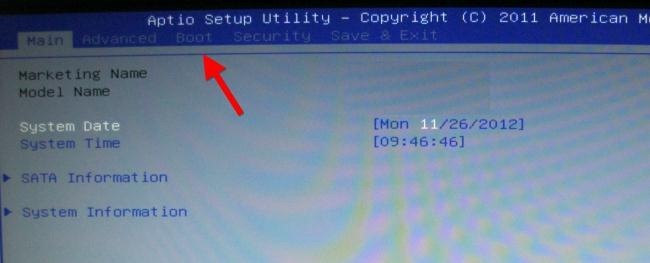boot : beginners guide

The boot order in your computer’s BIOS controls which device it loads the operating system from. Modify your boot order to force your computer to boot from a USB drive, CD or DVD drive, or another hard drive.
You may need to change this setting when booting from another device, whether you’re running an operating system from a live USB drive or installing a new operating system from a disc.
Note: This process will look different on each computer. The instructions here will guide you through the process, but the screenshots won’t look exactly the same.
Access the BIOS
To access the BIOS, you’ll need to restart your computer and press a specific key at the start of the boot process. This key is generally displayed on-screen during the boot process. For example, you may see a message that says “Press <DEL”> to enter setup” or “Press F2 to access the BIOS.” Press the required key at the correct time and your computer’s BIOS will appear.
While Delete and F2 are probably the most common keys, your computer may require another key, such as F1, Escape, or Ctrl+Alt+Escape. If you don’t see the required key on-screen, consult your computer’s manual or search for your computer’s model name and “bios key” on Google.
(If you built your own computer, consult the motherboard’s manual instead.)
Locate the Boot Options
Once you’re in the BIOS, look for some sort of “Boot” option menu. If you’re lucky, there will be a tab at the top of the screen named Boot. If not, this option may be located beneath another tab.
Use the arrow keys to navigate through the BIOS. To select something, press Enter. You’ll generally see a list of the keys you can use at the bottom-right corner of your screen.

Change the Boot Order
Locate the boot order screen that lists the boot devices. This may be on the Boot tab itself or beneath a Boot Order option.
Select an option and press Enter to change it, either to disable it or specify another boot device. You can also use the + and – keys to move devices up or down in the priority list. (These steps may be slightly different on some computers; consult the list of keyboard shortcuts on your screen.)

Note that “USB drive” doesn’t appear as an option in the list, even though our computer has USB ports. If we connected a USB device to the computer before starting our computer and accessing this screen, we’d see the USB drive option in the list. Some computers display the USB drive option even when a drive isn’t connected, while some don’t.
The boot order is a priority list. For example, if “USB drive” is above “hard drive” in your boot order, your computer will try the USB drive and, if it’s not connected or no operating system is present, boot from the hard drive.
Save Your Settings
To save your settings, locate the Save & Exit screen. Select the Save Changes and Reset or Save Changes and Exit option and press Enter to save your changes and restart your computer.You may also be able to press a specific key to save your settings and reset the computer. Ensure you select the “save and exit” option, not the “discard changes and exit” option.

Once your computer restarts, it will boot using your new boot order priority.
Bonus: Using A Boot Menu
To reduce the need to change your boot order, some computers have a Boot Menu option.
Press the appropriate key – often F11 or F12 – to access the boot menu while booting your computer. This allows you to boot from a specific hardware device once without changing your boot order permanently.

Most new computers will soon be using UEFI instead of the traditional BIOS, but PCs with traditional BIOSes will be with us for a long time to come. While different computers use different BIOS keys and have different BIOS layouts, the process is similar on all computers using the traditional BIOS.
source - howtogeek.com
ENJOY ----------------------------------------------------------------------------------------------